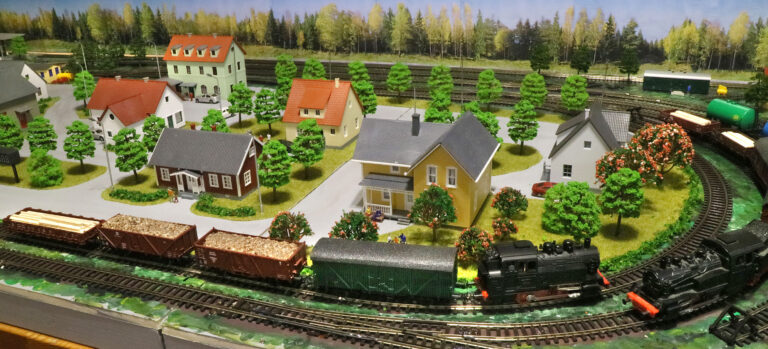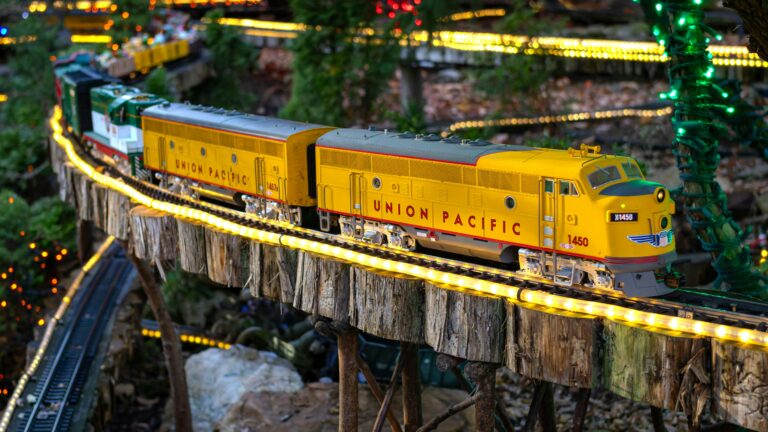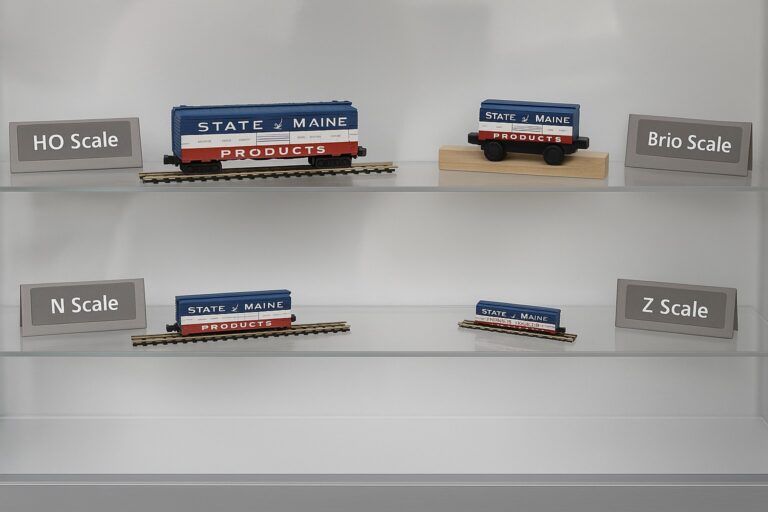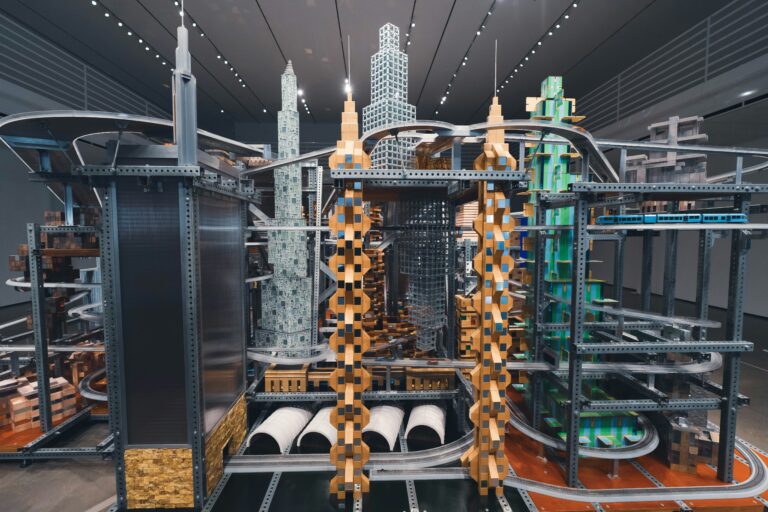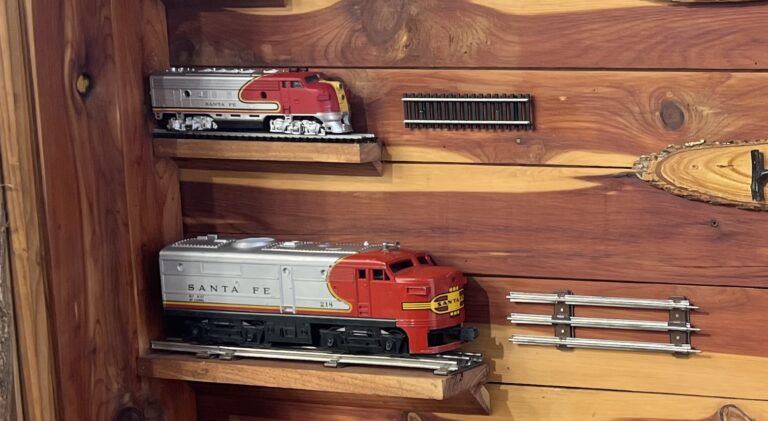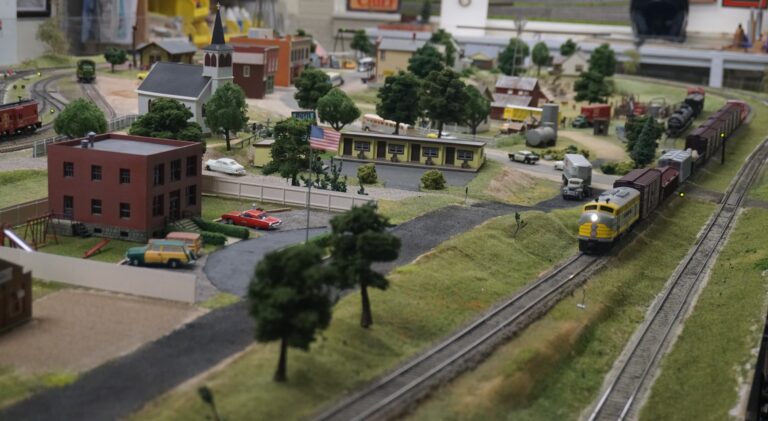HO vs N Scale: Which One’s Better for Your Space and Budget?
Debating HO vs N scale? We compare them by space, cost, and collector flexibility to help you make the right choice.

Choosing between HO scale and N scale is one of the first big decisions you’ll face when getting into model railroading. These two popular scales offer very different experiences—each with strengths and trade-offs depending on your goals, available space, budget, and even your eyesight.
This guide breaks down the key differences and helps you decide which is a better fit. Whether you’re working with a spare bedroom or a corner of your workbench, this HO vs N scale comparison will help you build a layout that feels right from the start.
For a broader overview of scale options, see our post: What Scale Model Train Should I Buy? A Beginner’s Guide
What Are HO and N Scale?
- HO scale (1:87 ratio) is the most popular scale in the world. It’s large enough for detailed scenery and easy handling, but still small enough to fit layouts in a typical room.
- N scale (1:160 ratio) is about half the size of HO. It excels in space efficiency, allowing for more track and longer trains in a smaller footprint.
Both scales use two-rail DC or DCC power systems and offer wide availability of locomotives, rolling stock, track, and accessories.
At a Glance: HO vs N Scale Comparison Chart
| Feature | HO Scale | N Scale |
|---|---|---|
| Ratio | 1:87 | 1:160 |
| Track Width | 16.5mm | 9mm |
| Space Requirements | Moderate | Minimal |
| Scenery Detail | More detailed | Less detailed (but improving) |
| Ease of Handling | Easier for older hands/eyes | Trickier due to smaller size |
| Layout Realism | Good, especially for mid-size | Excellent for large scenes |
| Cost | Mid-range | Slightly higher per detail level |
| Availability | Extremely high | High (but fewer niche items) |
| Ideal User | Beginners, returnees, collectors | Space-conscious hobbyists |
Layout Size and Space Efficiency
When it comes to layout planning, N scale wins on sheer efficiency. You can fit a full loop and sidings into a space as small as 2’x4′, while the same configuration in HO would likely require 4’x8′ or more. If you’re working with a small apartment, studio, or even just a bookshelf setup, N scale lets you do more with less.
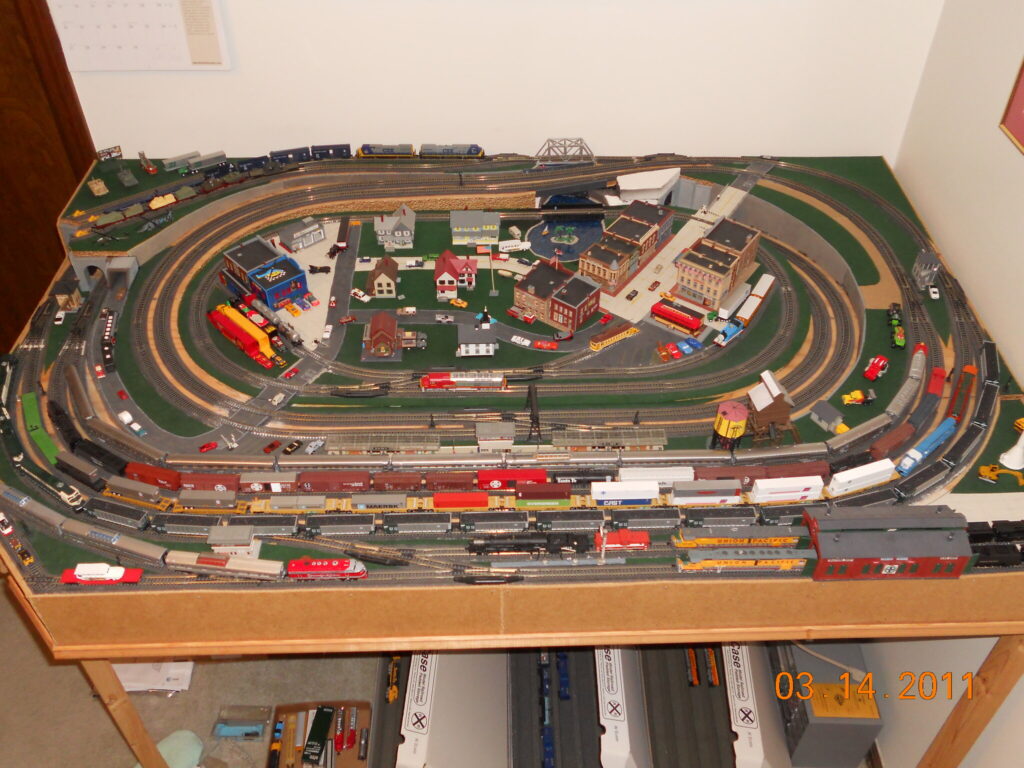
However, HO scale layouts have a more tangible presence. If you have a spare bedroom or garage space, HO allows for more realistic scenery proportions and a more tactile feel when operating trains.
Looking for ready-to-run layouts? See our guide: Best HO Scale Starter Sets for Under $300
Budget and Cost Comparison
There’s a common belief that N scale is cheaper because it’s smaller—but this isn’t always true.
- Track and benchwork may cost less with N scale because the layout is smaller.
- Rolling stock and locomotives in N scale can be slightly more expensive per unit than HO due to precision manufacturing.
- HO scale benefits from larger production runs and a wider used market, making it easier to find deals.
Overall, the difference in total budget depends more on layout size than scale. A massive N scale empire will still cost more than a small HO layout.
Ease of Handling and Visibility
For many older hobbyists, this is a key deciding factor.
- HO scale trains are easier to see, handle, and repair.
- Couplers, wheels, and wires in N scale can be frustrating for those with limited dexterity or eyesight.
If you enjoy manual switching, kitbashing, or scratchbuilding, HO may be more satisfying simply because it’s less fiddly.
Tip: If you’re downsizing from a larger scale like O, HO will still feel comfortably small without becoming impractical.
Scenery and Visual Realism
- HO scale shines in scenic detail. It’s easier to make convincing buildings, trees, and human figures because the size is large enough for precision without being oversized.
- N scale is great for panoramic vistas. You can model entire mountain ranges, cityscapes, or yards with dozens of cars—something that’s much harder in HO without an entire basement.
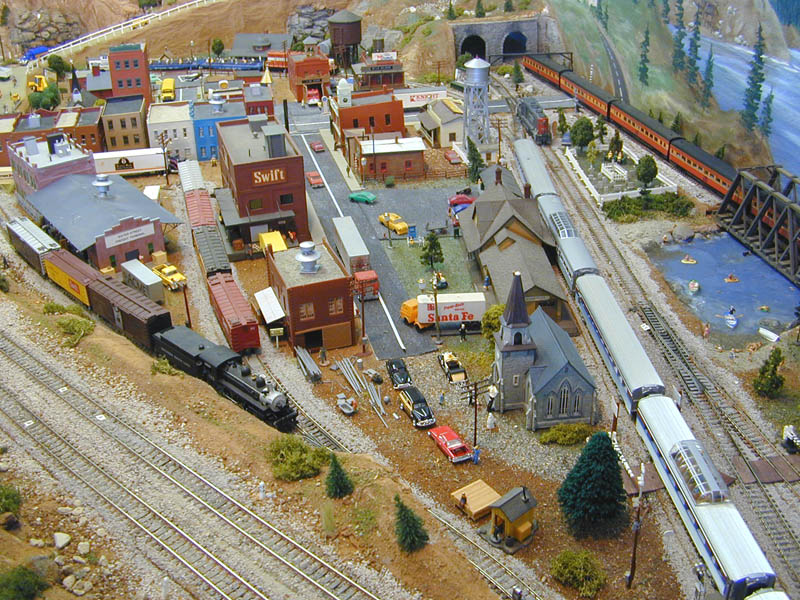
Which one’s more realistic depends on your layout goals:
- Want immersive close-up dioramas? HO is ideal.
- Want to capture the sweep of a railroad mainline? N scale offers unmatched reach.
Availability of Products
Both HO and N scale are well-supported by major manufacturers like Kato, Bachmann, Atlas, and Peco. But HO has the edge in:
- Number of locomotives and rolling stock varieties
- Structure kits and scenic accessories
- Aftermarket parts and sound systems
That said, N scale has seen massive growth in the last 15 years, especially for modern era modeling. Bullet trains, intermodal consists, and automated control systems are all available in N.
Curious about what’s new in 2025? Check out: Best Model Train Sets for Sale in 2025: HO, N, and O Scale Compared
Long-Term Flexibility
If you plan to expand your layout, participate in clubs, or eventually pass your collection down, HO scale offers more modularity and future-proofing:
- Easier to integrate DCC systems and sound
- More options for modular layouts (e.g. Free-mo standards)
- More likely to find community layouts in HO scale
But for seasonal or compact setups, N scale’s portability is unbeatable. Many serious collectors build small N scale modules that fit in a closet or under a bed.
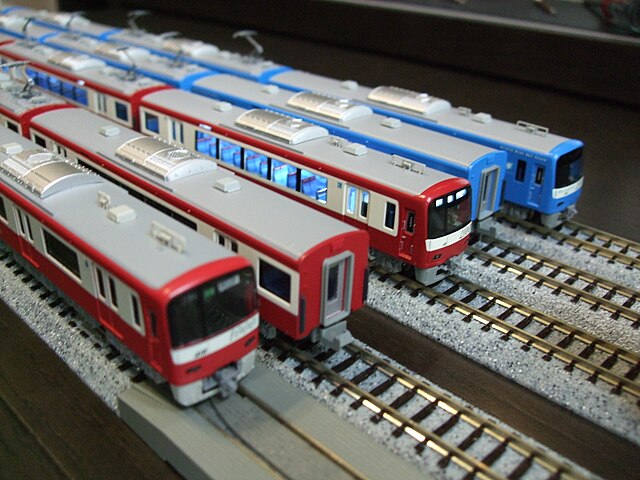
Which One’s Better for You?
Choose HO scale if:
- You have average or below-average eyesight or dexterity
- You want maximum availability of accessories and kits
- You prefer hands-on interaction and visible details
- You have a full room or garage to work with
Choose N scale if:
- You’re working with tight quarters or want a big layout in a small footprint
- You like long trains and scenic vistas
- You’re tech-savvy and don’t mind a learning curve
- You want to maximize layout per dollar on benchwork and track
Final Thoughts
Both HO and N scale are excellent platforms to build a rewarding model railroading experience. The best scale isn’t just about technical specs—it’s about what you enjoy most.
HO offers a robust, tactile, and deeply satisfying experience—especially for those returning to the hobby after many years. N scale, meanwhile, opens up creative possibilities that wouldn’t be feasible in a larger size.
Whichever path you choose, you’ll be entering a world of imagination, craftsmanship, and lifelong learning.

